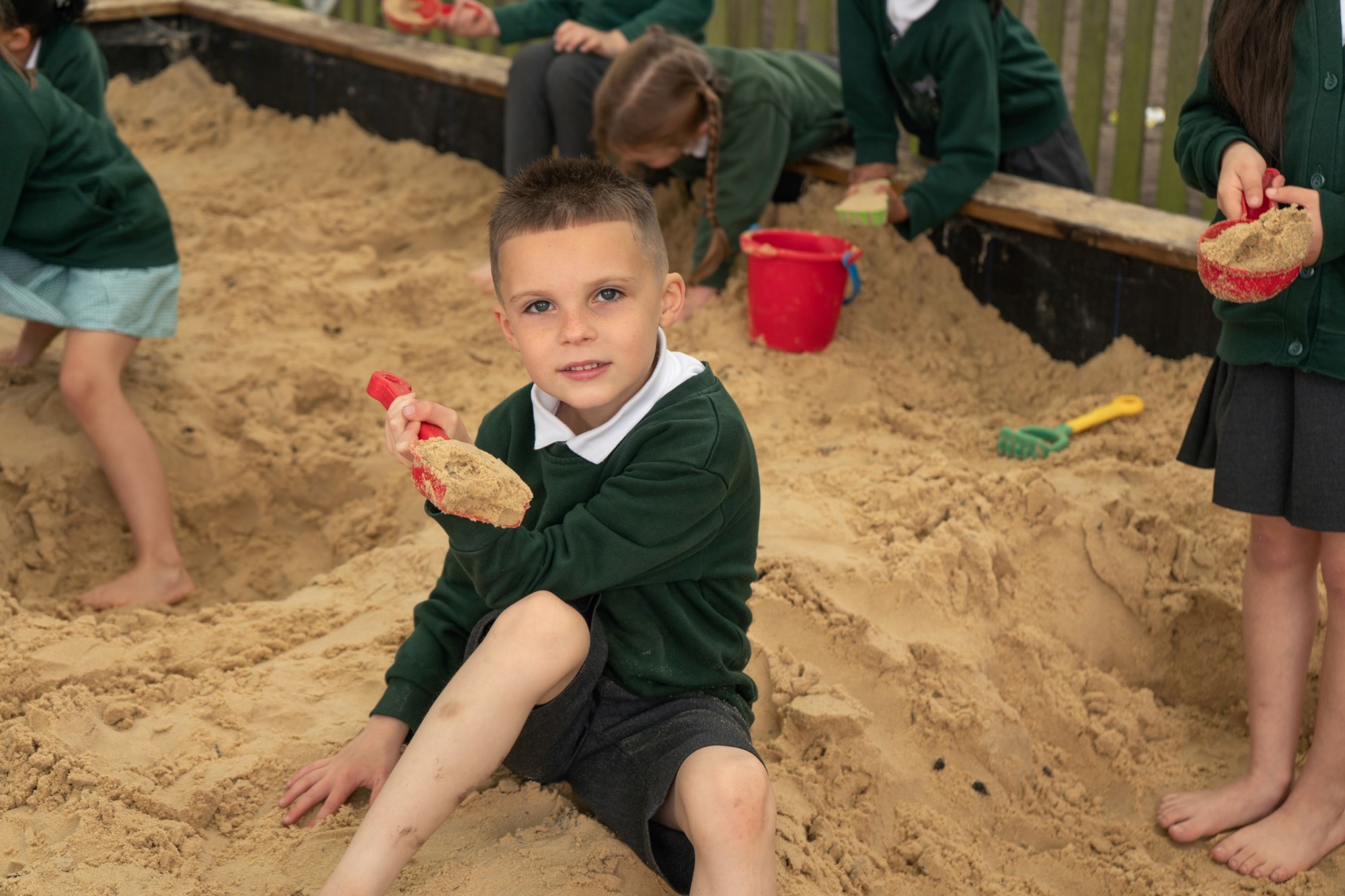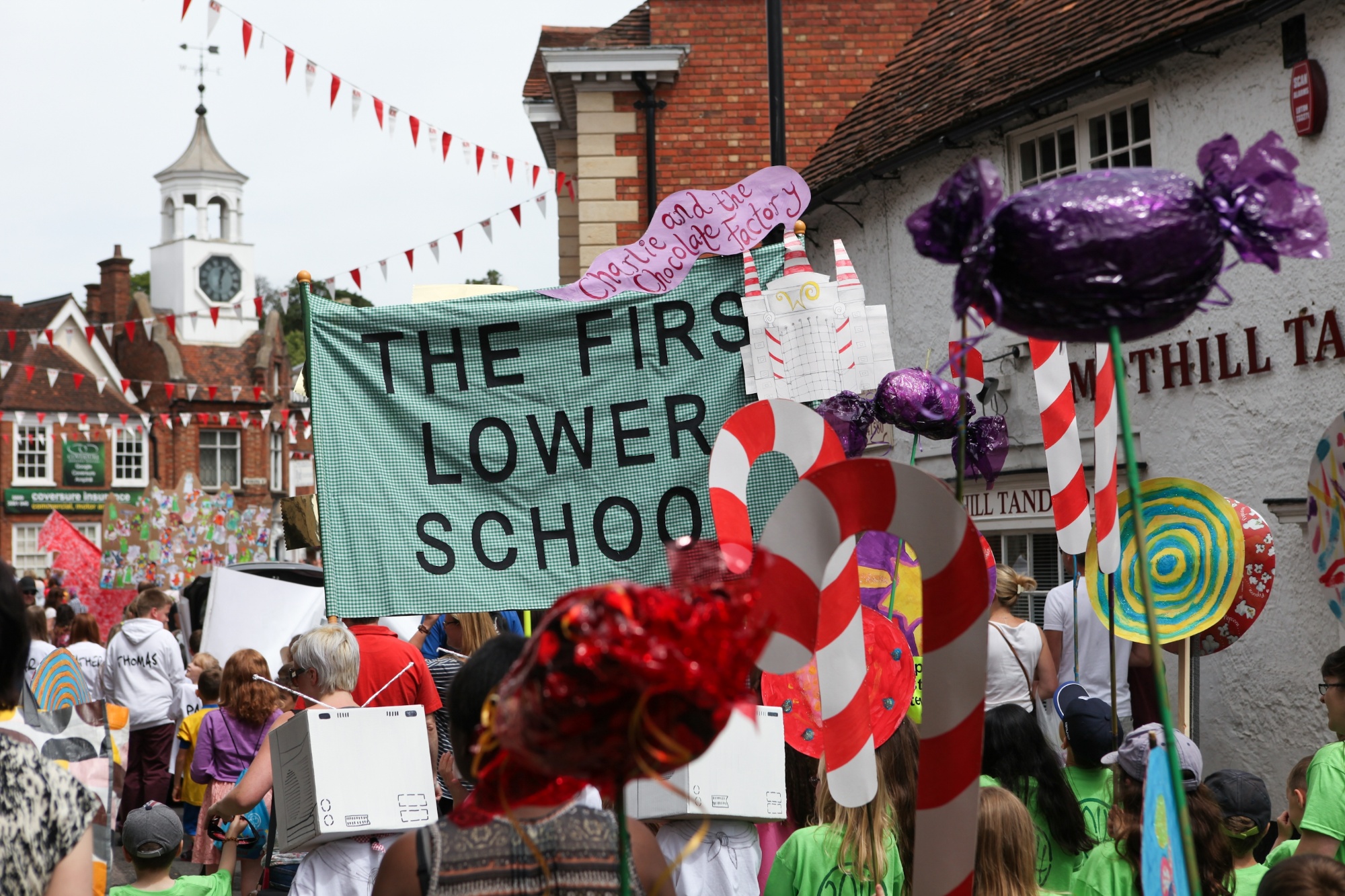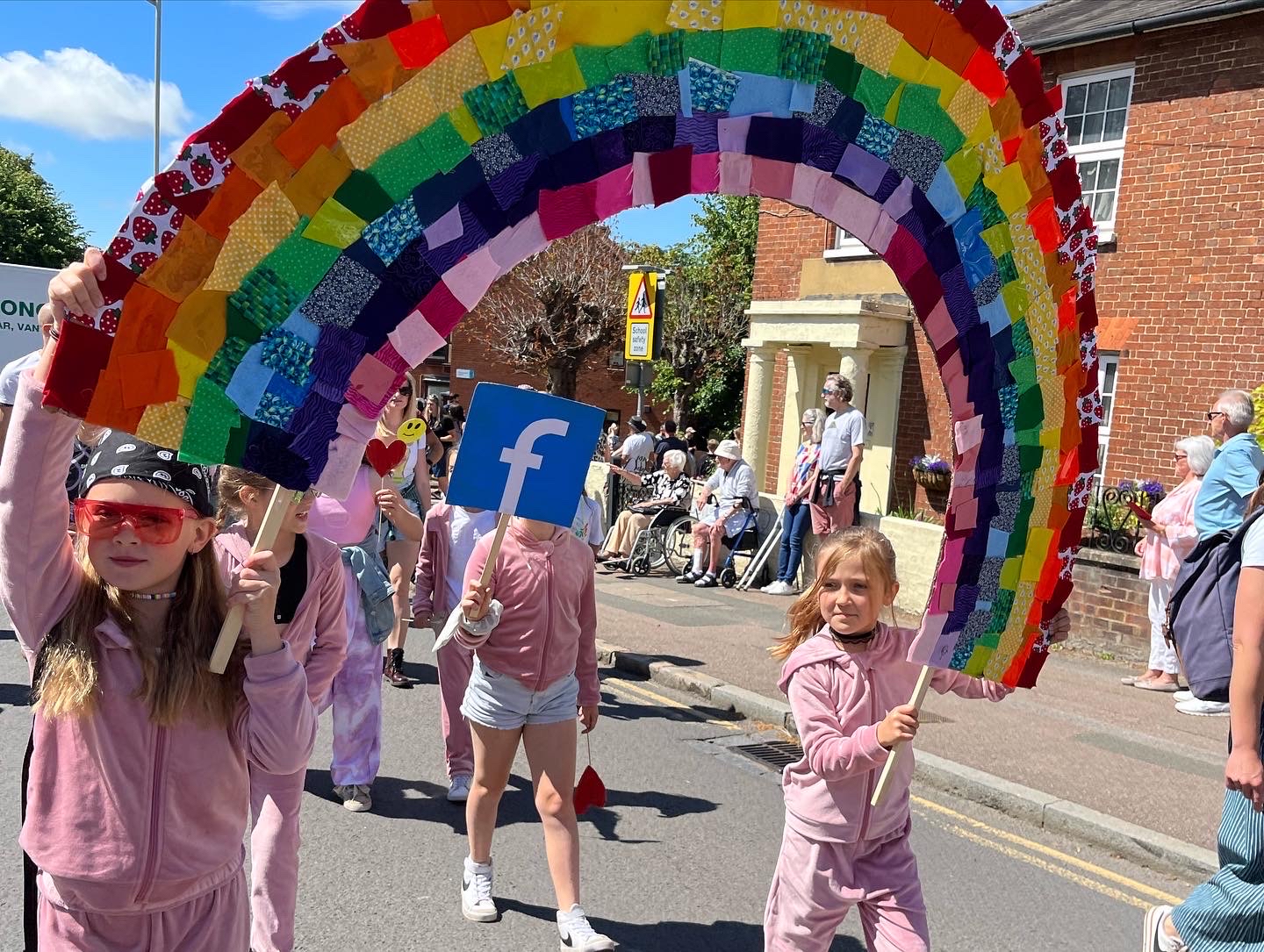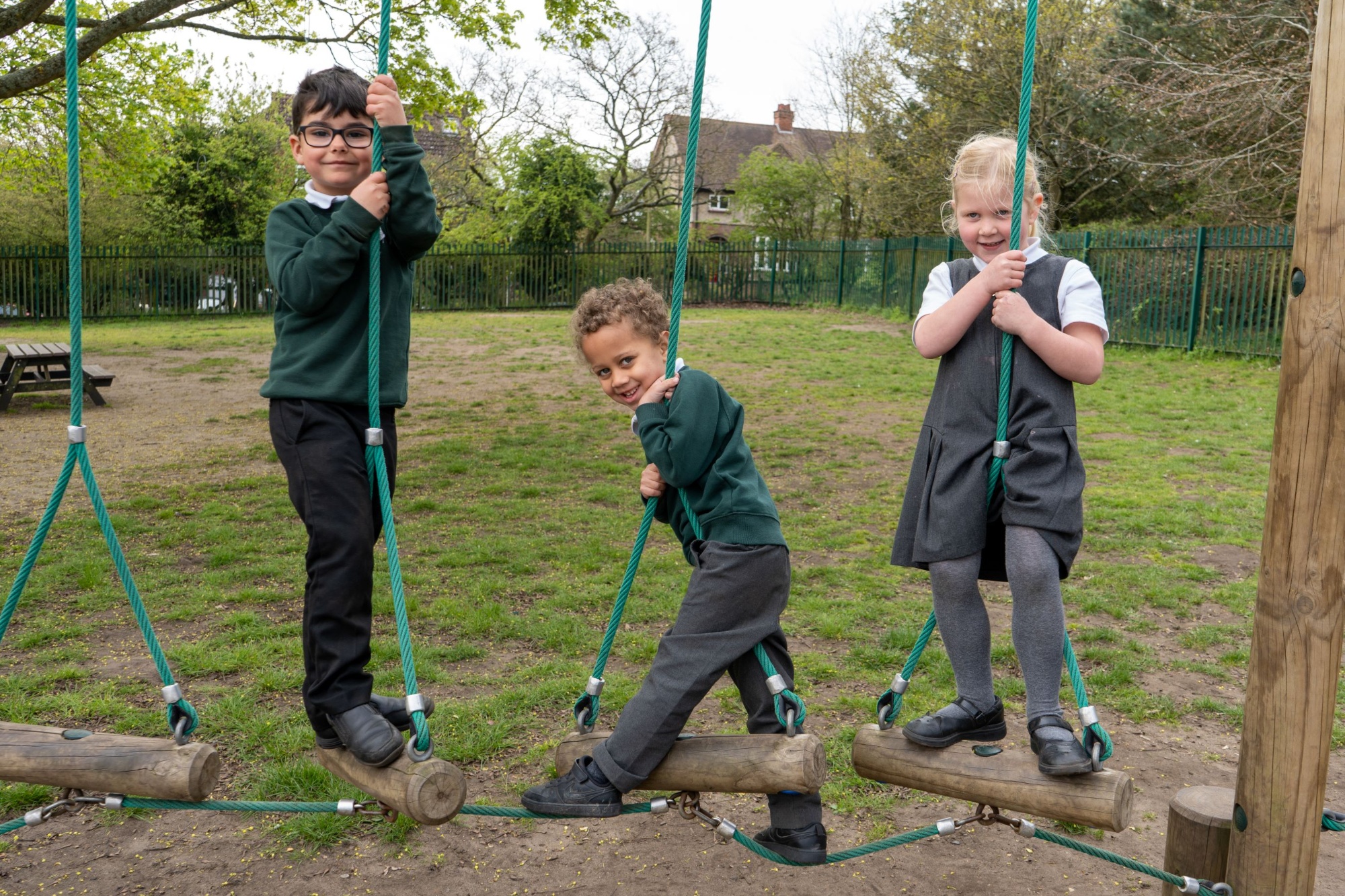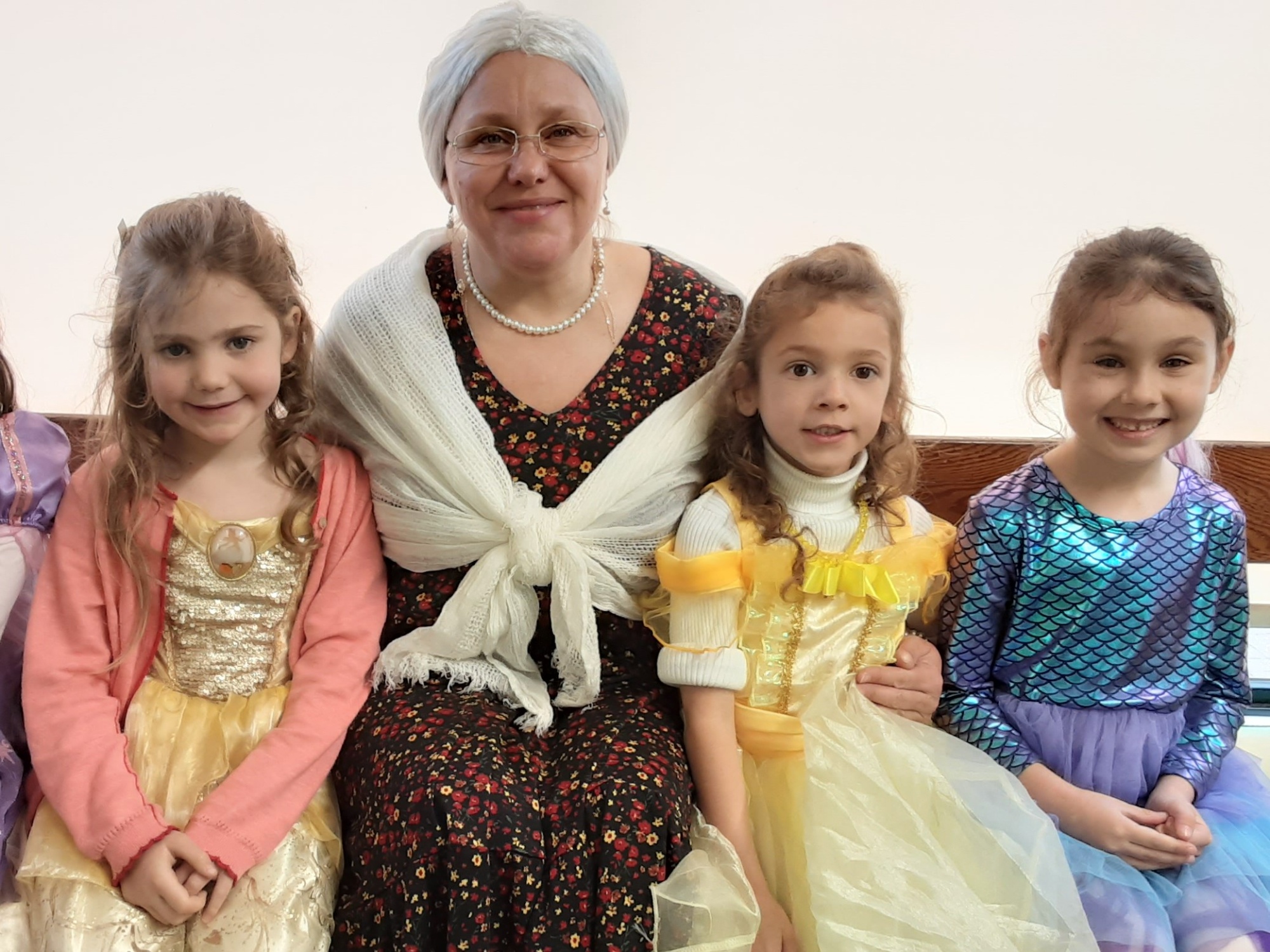Internet Safety Day
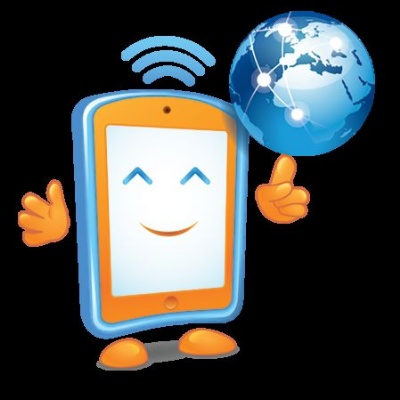
‘Want to talk about it? Making space for conversations about life online’.
We have recently marked Internet Safety Day, ISD, with this year's National focus and learning based around the theme ‘Want to talk about it? Making space for conversations about life online’.
Coordinated in the UK by the UK Safer Internet Centre, the celebration sees thousands of organisations get involved to promote the safe, responsible and positive use of digital technology for children and young people.
Each year group has written a summary to set out how they marked ISD:
Pine:
We read the story ‘Hanni and the Magic Window’ and talked to each other about who we can speak to if we feel worried or upset by anything we might see that we didn’t like.
Year 1:
We have been watching the clips of Jessie and Friends, from the Think You Know website, where Jessie encounters several issues using the Internet e.g. seeing something she doesn’t like on her tablet.
We learnt that you can always speak to a grown-up who will be able to help you and help you get rid of something if there is anything you see or hear online that makes you feel worried, scared or sad.
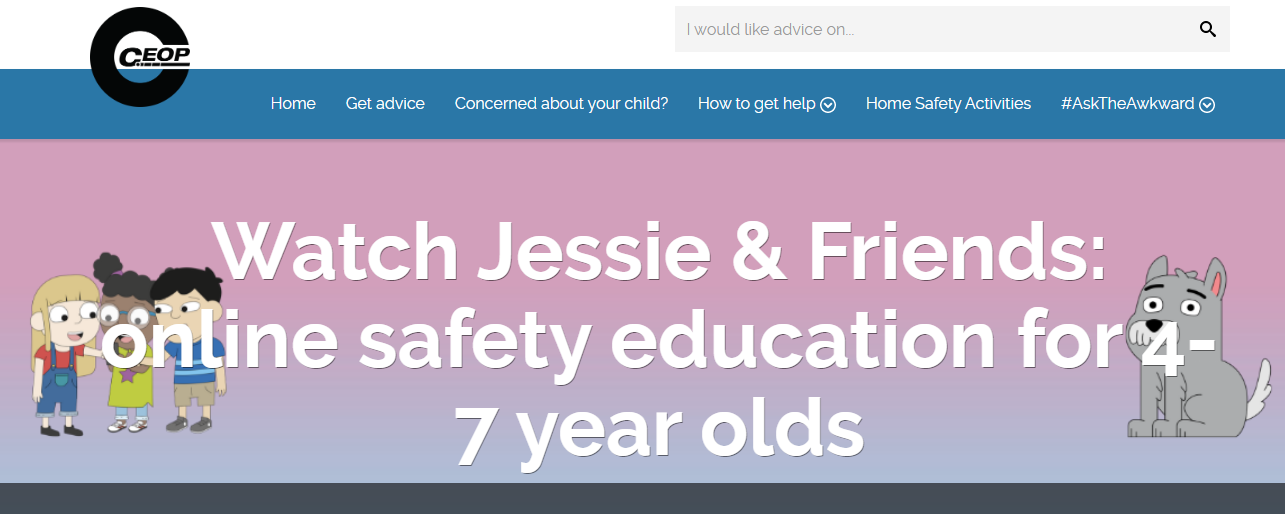
We also talked about why we shouldn’t share pictures online and how images can get shared more widely than you first expect, and the importance of consent.
We lastly talked about that when playing online games they should keep their personal information private, only talk to people they know in real life and that they can tell an adult they trust if anything happens that makes them worried.
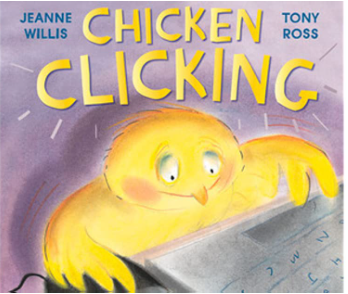
We read the book ‘Chicken Clicking’ which warns children that what we see online may not be the reality, which Chick learns the hard way when she goes into the forest to meet a new friend who turns out to be…a fox.
Year 2:
We looked at a Presentation exploring online safety, with the help of fairytale characters.
The children then went onto design SMART posters.
The SMART guidelines are as follows:
- S for Safe: Keep personal details away from strangers.
- M for Meet: Don’t meet people that you know online unless you’re with a trusted adult.
- A for Accept: Don’t click any links that you’re unsure about. Ask a trusted adult.
- R for Reliable: Don’t believe everything people tell you. Always check trusted sources to find the truth.
- T for Tell: If you see something online that upsets you, tell a trusted adult straight away!
We also spent some time looking at the story ‘Hani’s Magic Window’ to support children to understand the importance of being safe online.
Year 3:
We used a presentation called - ‘Keep it to Yourself’. This covered a number of different safety messages including the importance of using a strong password that you change regularly in order to keep your personal information safe. We also touched on ‘Stranger Danger’ and how this can relate to our lives online, when there is the possibility of meeting people we do not know.
We used a word search to improve our understanding of the technical vocabulary, talking about the meanings of the words involved. We also did an exercise called ‘Cyber Security Guards’ about staying safe online and made up our own online safety rules based on what we had been learning about.
Year 4:
We used a presentation exploring the steps to take to ensure that we stay safe online. We talked about how important our online life is to people these days, including how we shop online, pay for things using online transactions, book events and holidays online, play and talk with friends online and find out information online.
We talked about the fact that some of us were doing a lot online already and some of us were not but that as we got older our online presence would grow and we needed to start learning about how to be safe. We talked about the advantages of the internet and some of the problems this can create for us such as
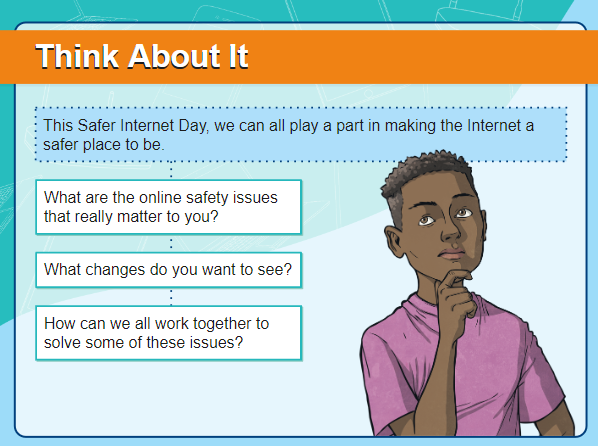
- We talked about what the Internet was and how it worked.
- How amazing the Internet is and how it allows us to do so much and how we can get information so quickly from it.
- Being careful to protect our personal information.
- Being careful what we post online.
- We talked about what fake news was and how we could decide whether to trust / test the accuracy of something we see online.
- We talked about online scams and how we all had to be careful online.
- What to do of we saw something that worried us:
- Stop - Stop what you are doing, don’t click on the page or reply to any messages
- Close - close the laptop or put the phone or tablet down
- Tell - tell a trusted adult
- Cyberbullying, what it was and what to do if we needed some help.
We spent some time thinking about what we thought were the main safety issues, and we designed a poster highlighting the key safety messages we feel people should know about staying safe online.

